The Infiniti QX50 debuts revolutionary new engine
The 2019 Infiniti QX50 is powered by a revolutionary variable compression engine that aims to deliver the best power and efficiency in one package.
Infiniti has radically redesigned its QX50 compact crossover by turning it into a more conventional, yet very high-tech showcase for the luxury brand.
The first-generation QX50 was unique in that it shared a lot with the Nissan Z sports car, including powertrains and a rear-drive layout. That made it interesting to drive, but didn’t do much for sales in a segment where most people prize space, comfort and efficiency more than fun.
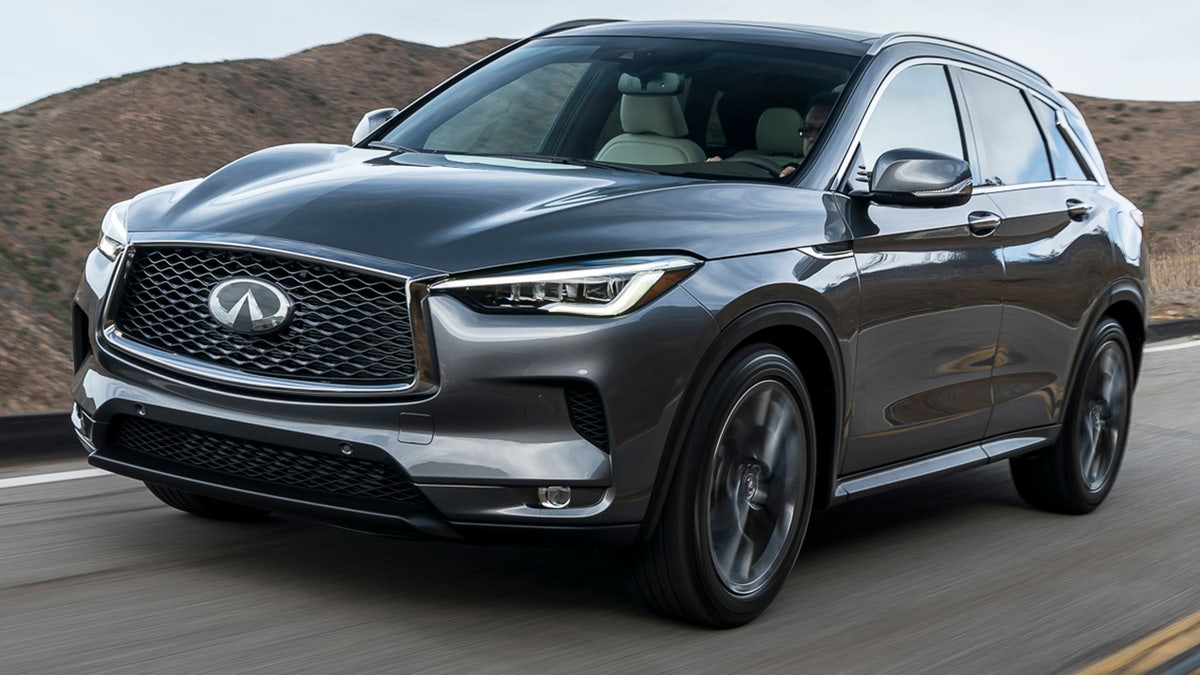
(Infiniti)
So the 2019 model rides on an all-new front-wheel-drive platform that offers more cargo and passenger room, along with a higher seating position to help you see through the sea of other utility vehicles.
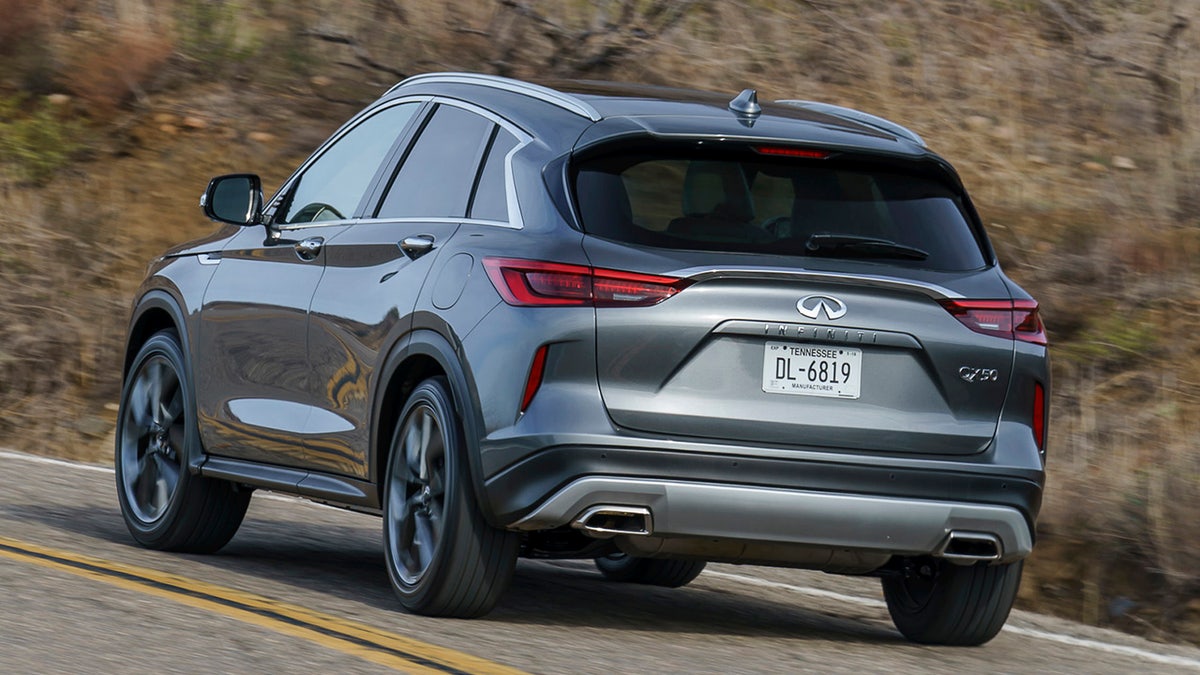
(Infiniti)
All-wheel-drive is available and prices start at $37,545, which pits it against the likes of the Acura RDX, Lexus NX and Audi Q3. But there’s no mistaking its curvaceous Infiniti styling among that crowd, or its fabulously-styled interior, which is trimmed with lots of brightwork and dashboard upholstery that’s so smooth it looks like it came off a designer handbag.
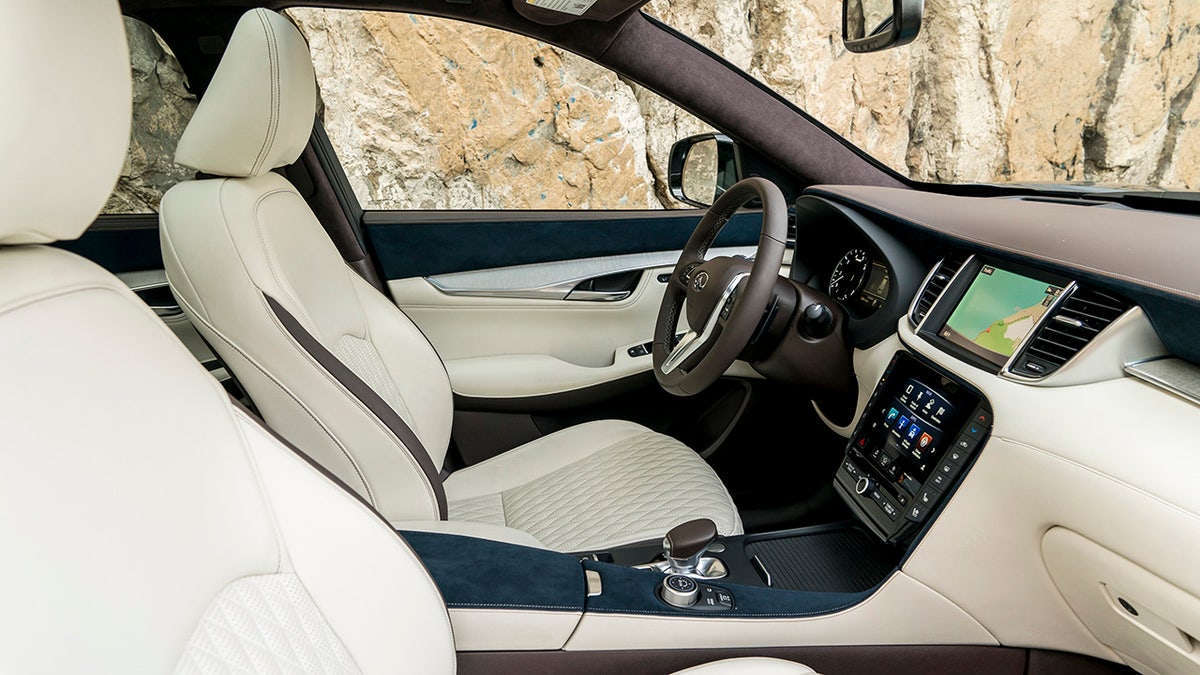
(Infiniti)
The QX50 also comes with a bag full of tricks. In particular, a revolutionary new engine that’s a first for the automotive industry. It’s a turbocharged four-cylinder with a variable compression ratio. And why would you want such a thing?
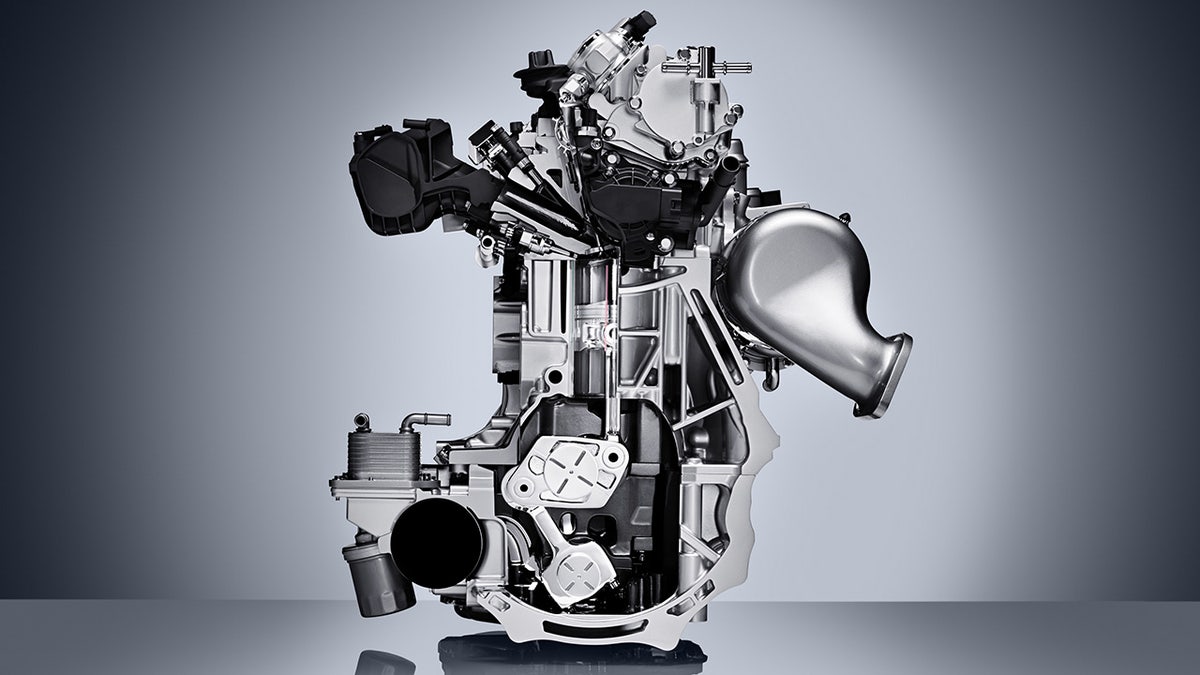
(Infiniti)
High-compression engines are great for efficiency because they squeeze as much energy as possible out of every drop of fuel. But if you want lots of power, you need plenty of oxygen to burn with it, which is where turbos come in. They jam the cylinders with extra air, which can detonate uncontrollably and cause knock if you compress it too much. Engineers usually find a happy medium that compromises both ends of this spectrum to address the issue, but Infiniti thinks it found a better way.
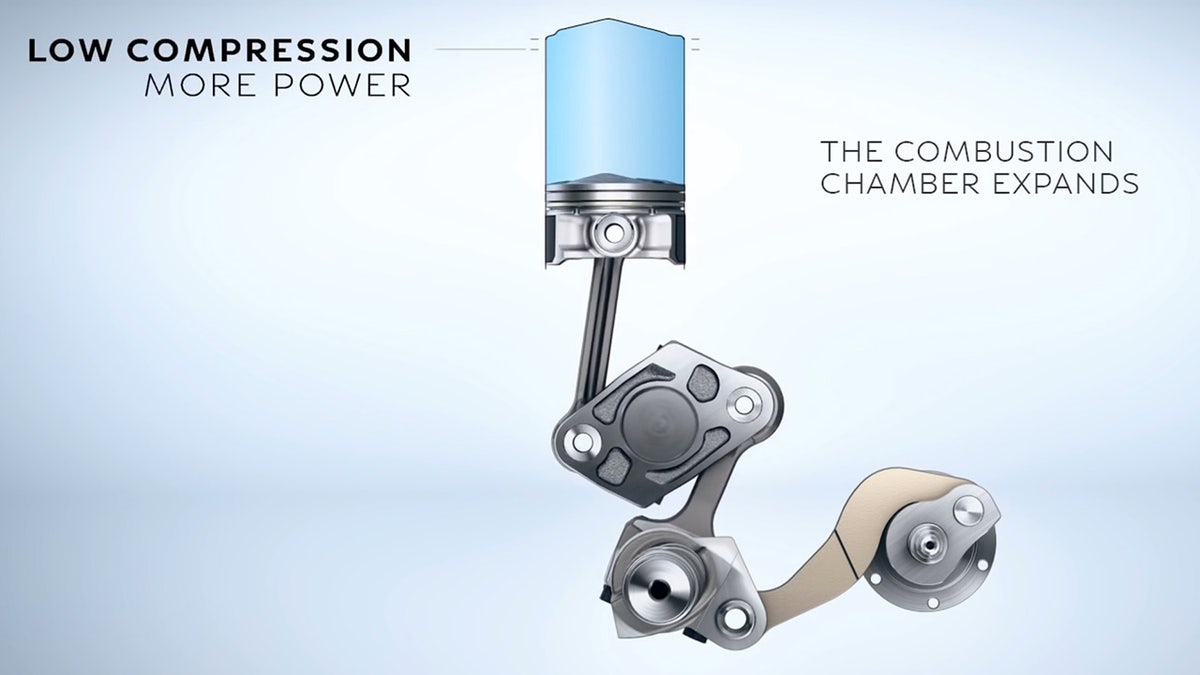
(Infiniti)
The 2.0-liter has a complex linkage actuated by an electric motor that can modify the length of the piston stroke to change the compression ratio. It works across a range from 8:1 for power to 14:1 for efficiency, constantly adjusting itself as needed. This sort of thing has long been a Holy Grail of engine design, but has only been achieved through modern electronics and computing. The engine can also operate in the extra-efficient Atkins combustion cycle that effectively makes the expansion stroke longer than the compression stroke. The whole thing just makes your brain hurt.
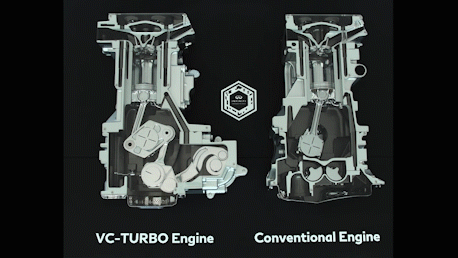
In the QX50 the magical motor is paired with a CVT transmission, another efficiency-focused technology that infinitely adjusts its gear ratios, which seems fitting. Infiniti has been using these for a while now and does them as well as anyone, even if the shiftless way it delivers power to the wheels sometimes makes it feel like you’re at the helm of a powerboat.
The result is a 268 hp package with 280 lb-ft of torque that delivers 31 mpg on the highway in front-wheel-drive models and 30 mpg with all-wheel-drive. Those numbers might not look astonishing, but they are the best combination you’ll find in the QX50’s class.
What is astonishing is how seamlessly it all works. There’s nothing out of the ordinary about how the engine sounds or responds as it goes through its mechanical yoga. You’d expect the first try at a breakthrough technology to be a little clunky at least, but that’s not the case. At least with the engine.
The QX50 is also available with Infiniti’s ProPilot Assist semi-autonomous driver aid, which can self-steer it within a lane on the highway and keep from running into the vehicle in front of it. It is very much an assistant, however, as its camera needs clear lane markers to track or else it will disengage. It makes audible and visual warnings when it does, which is good, but it happens so often that you really can’t rely on it as more than a backup, which is also why it shuts off if you take your hands off the wheel for just a couple of seconds.

(Infiniti)
That wheel is linked to another piece of technology that fiddles with ratios called Direct Adaptive Steering. It is a unique steer-by-wire setup that doesn’t require a mechanical link between the steering wheel and the front wheels. There is a slim steering column standing by in case of emergency, but most of the time the wheel just works like a videogame controller that remotely operates an actuator on the steering rack.
First launched in the Q50 sedan in 2014, Direct Adaptive Steering is now in its fourth generation and has been tuned to deliver a more responsive steering feel. Along with the ability to adjust the steering ratio as needed, it also filters out jitters caused by small road imperfections, as long as they don’t compromise control.
While the powertrain is standard on all QX50s, ProPilot and Direct Adaptive Steering come together in a $2,000 option package that’s only available on the top of the line Essential trim level, which starts at $46,145 and can balloon to over $59,000 with upgraded leather, diamond-quilt seats and an Ultrasuede headliner. It’s only let down by a dated, dual-screen infotainment system that doesn’t have Apple CarPlay or Android Auto. Otherwise, a fully-loaded QX50 is lavish as anything near its price, and drives that way, too.

(Infiniti)
Despite commercials featuring an irritated German racer who can’t believe how good it is on a track, that’s the last place anyone would take one. There’s plenty of power for passing, but the QX50 is plush, not sporty. It's perfect for soaking up the daily grind, not for grinding a twisty road. The messaging in the ad seems a better fit for the old QX50. That guy just needs to sit back, relax and enjoy the ride in this one.
----------
Infiniti QX50
Base price: $37,545
As tested: $59,085
Engine: 2.0-liter turbocharged 4-cylinder
Power: 268 hp, 280 lb-ft torque
Transmission: CVT automatic
MPG: 24 city/30 hwy




















